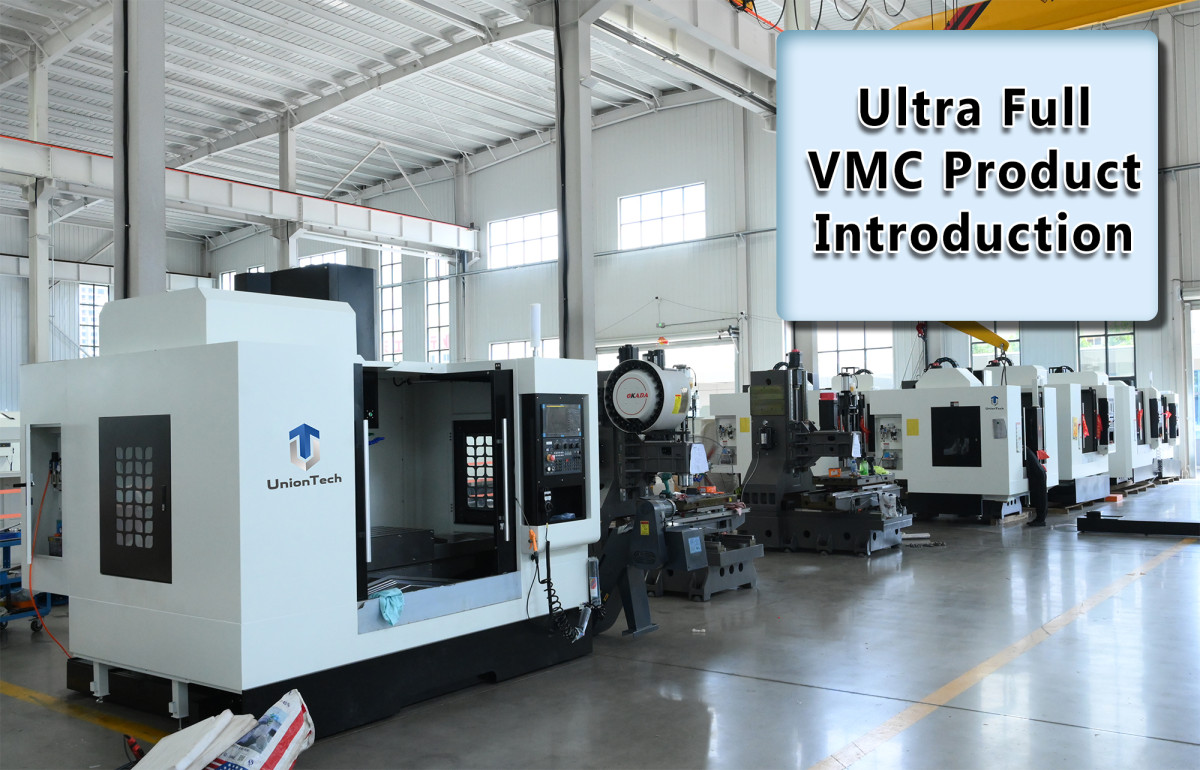
RELATED
MESSAGE
A VMC (Vertical Machining Center) is a machine tool used for metalworking and manufacturing, employing automation to carry out various cutting, drilling, milling, and other machining operations. Here is a general overview of how a VMC works:

Workpiece Clamping: The workpiece is typically secured to the machine's worktable using fixtures to stabilize it and ensure the accuracy of cutting operations.
Tool Selection: Depending on the requirements of the workpiece, the appropriate tools are chosen, which typically include end mills, drill bits, cutting tools, and more.
CNC Control: A CNC (Computer Numerical Control) system is used to control the motion of the tools. The operator inputs the machining program into the CNC controller, specifying parameters like tool speed, feed rate, cutting depth, and toolpath.
Tool Positioning: The CNC system positions the tool to the correct starting point by moving the tool holder or worktable. It then initiates the machining program.
Cutting Operations: The tool in the VMC spins at high speed and follows a predetermined path to cut the workpiece. This includes milling, drilling, cutting, chamfering, and various cutting operations, depending on the design and requirements of the workpiece.
Cooling and Lubrication: During the cutting process, a coolant (typically cutting oil or cutting fluid) is used to cool the tool and workpiece, reducing friction and extending tool life. Lubrication also helps improve surface finish.
Real-time Monitoring: VMCs are typically equipped with sensors and monitoring systems to measure cutting forces, temperature, vibrations, and other parameters in real time to ensure machining quality and tool longevity.
Automatic Tool Changes: When different types of tools are needed for various operations, VMCs often feature automatic tool change capabilities, making tool changes efficient.
Machining Completion: Once the machining program is finished, the workpiece is removed, inspected, measured, and may undergo secondary processing or assembly as necessary.
CONTACT US
Please use the form below to get in touch.
If you need a reply we will get in touch as soon as possible.





